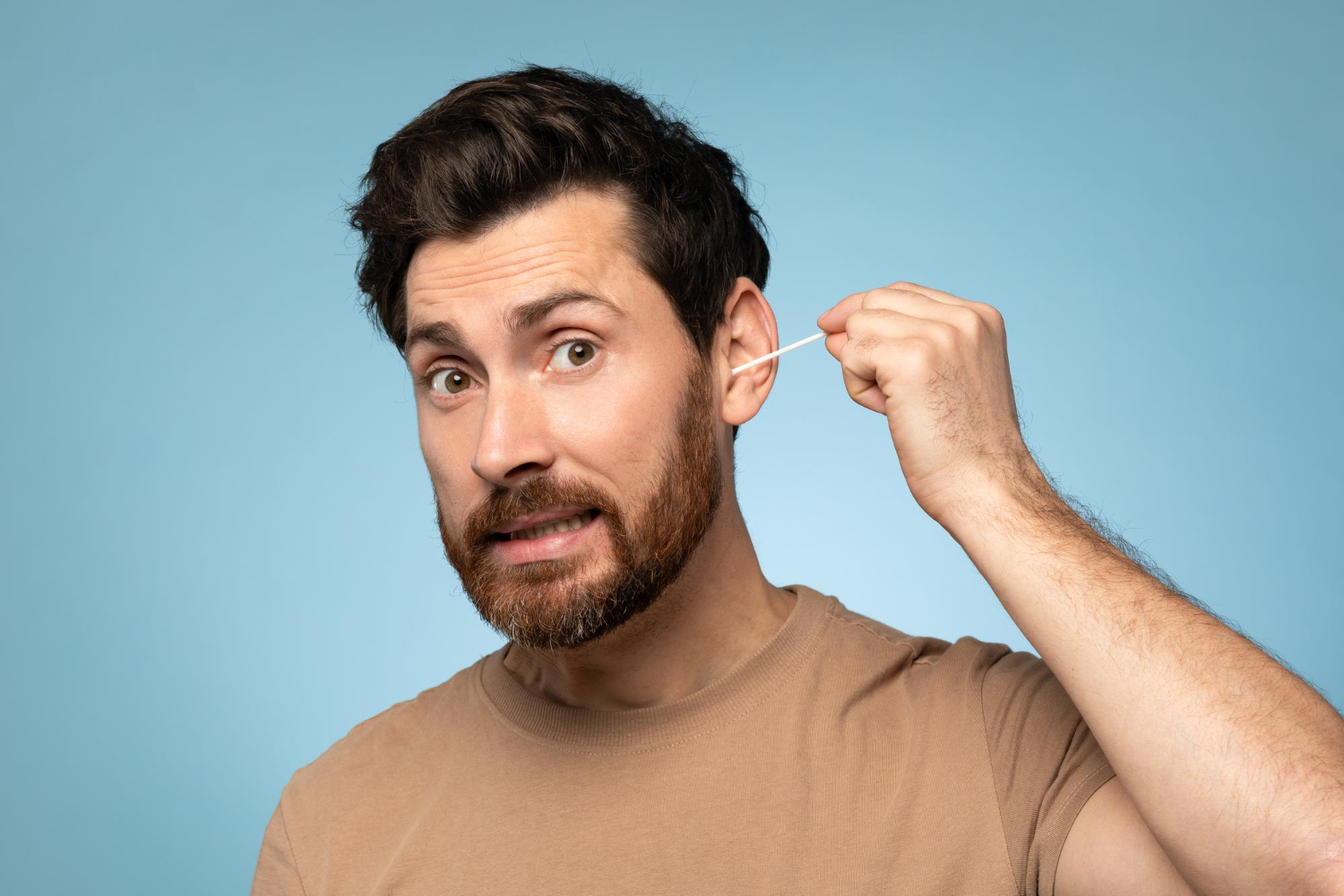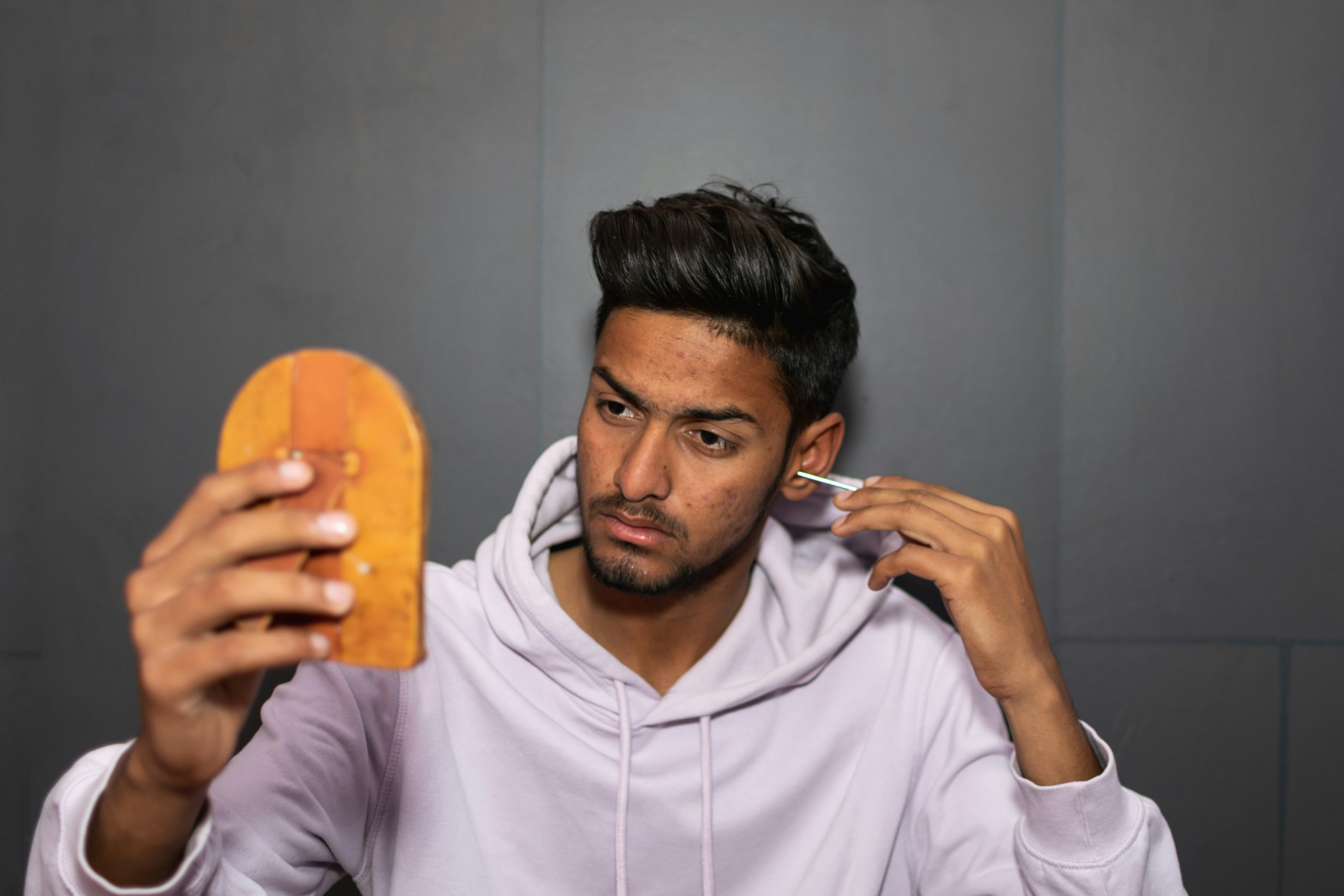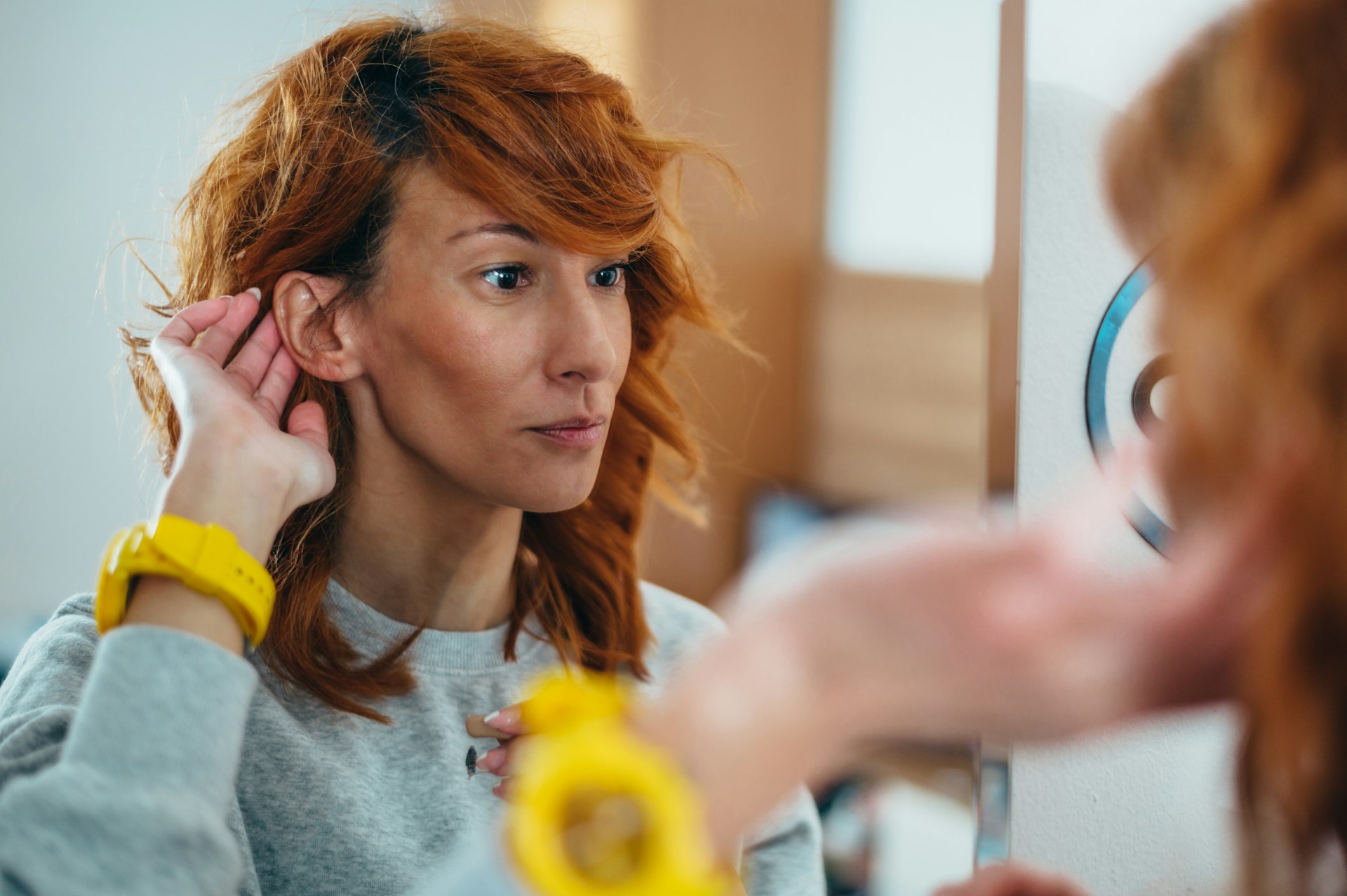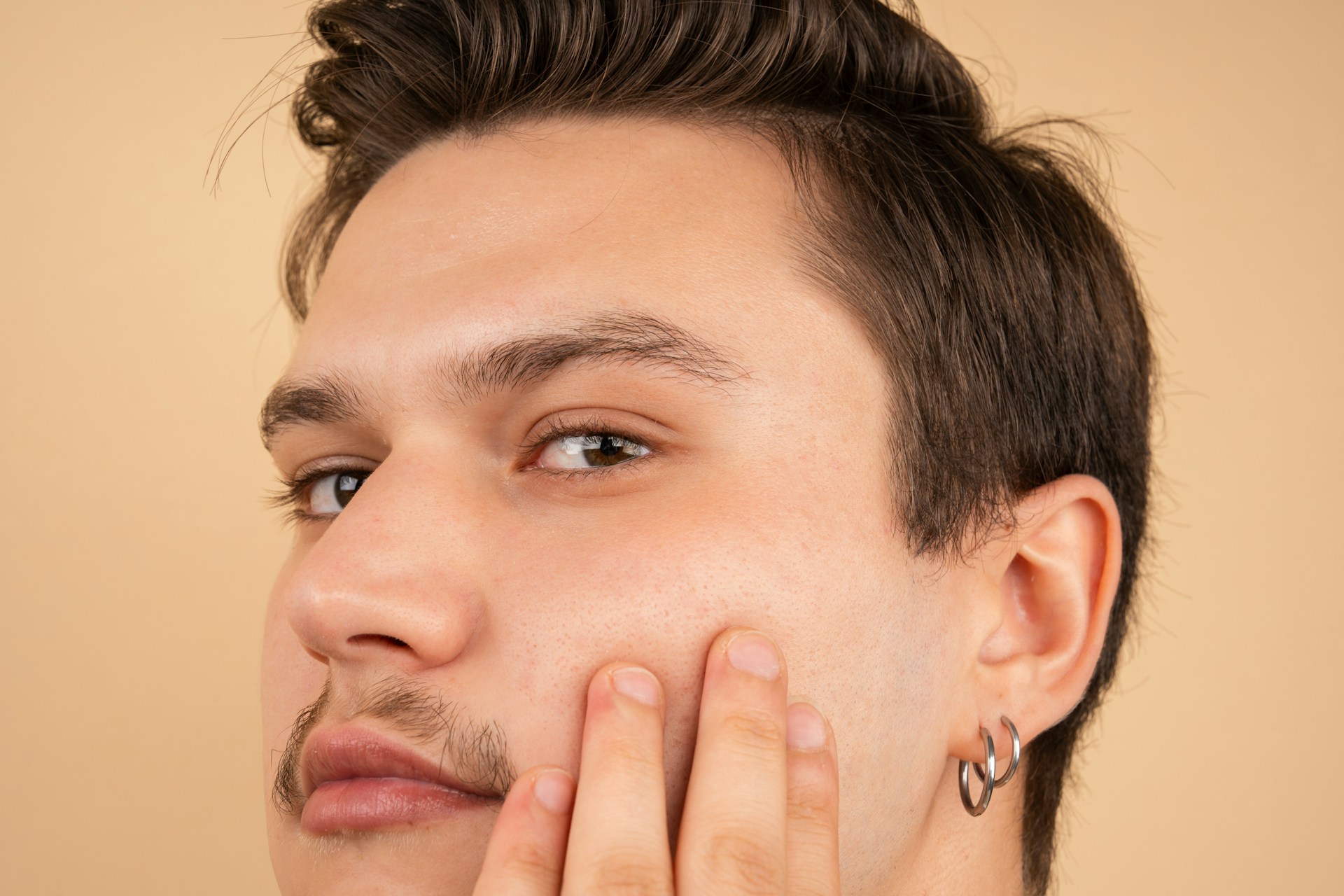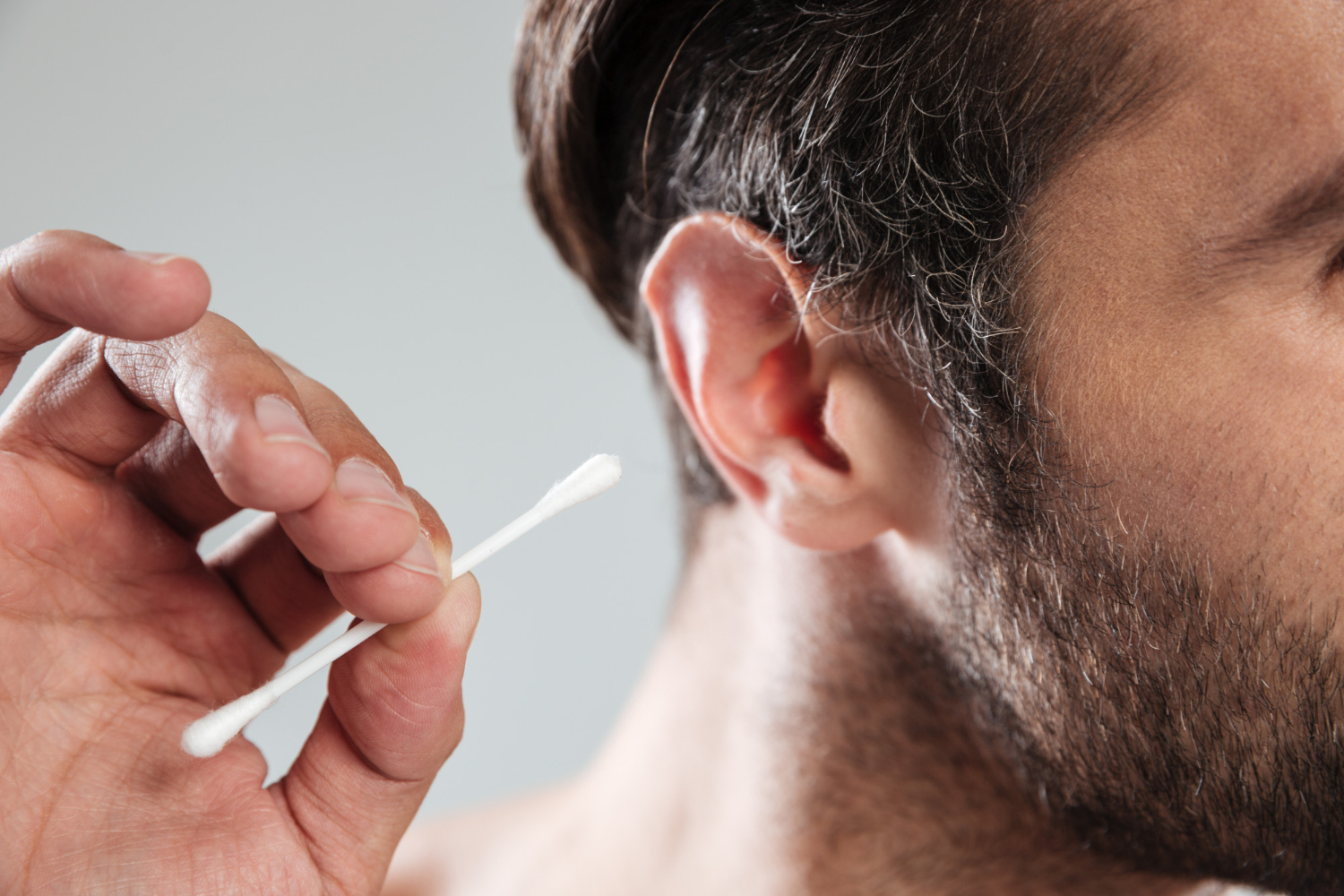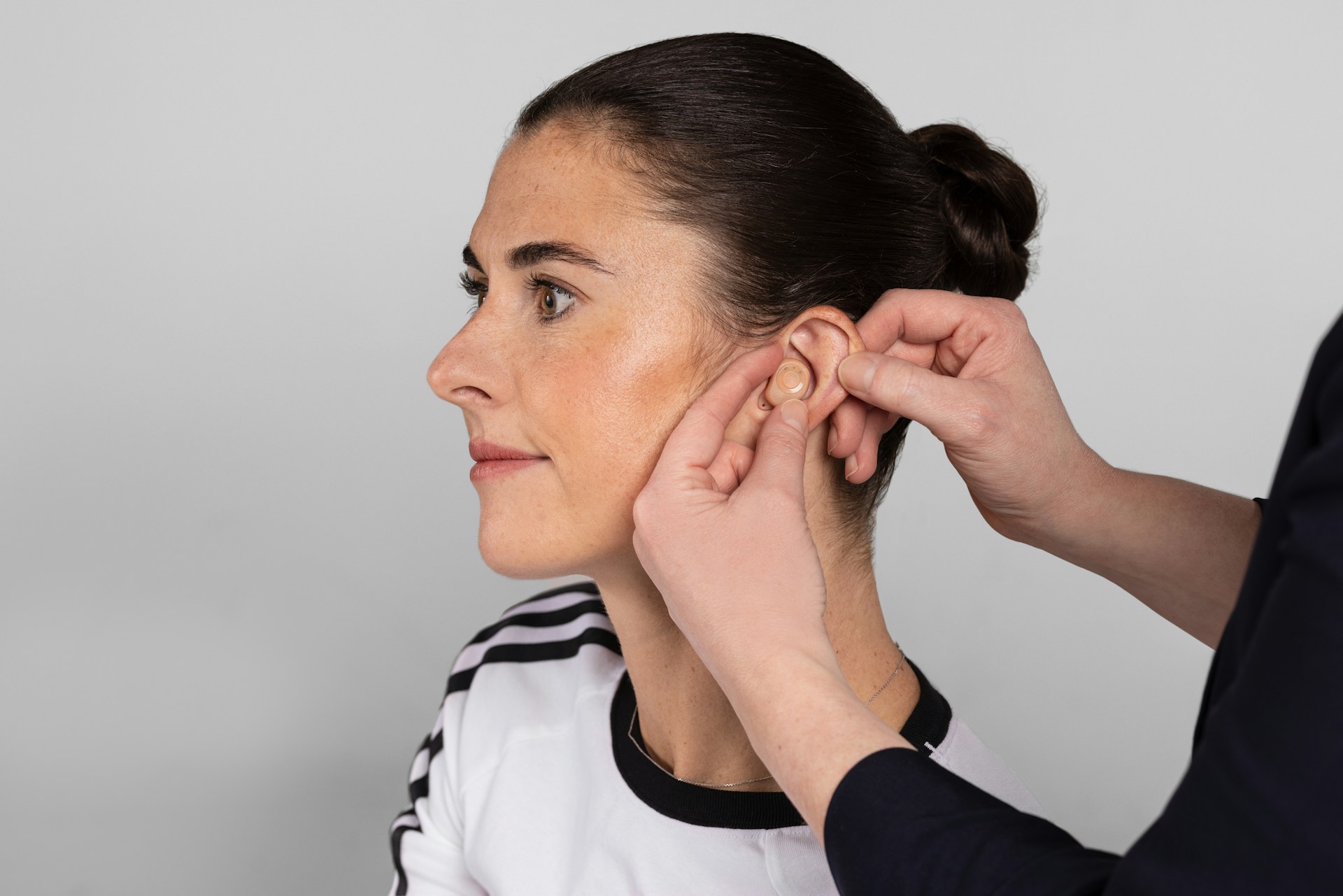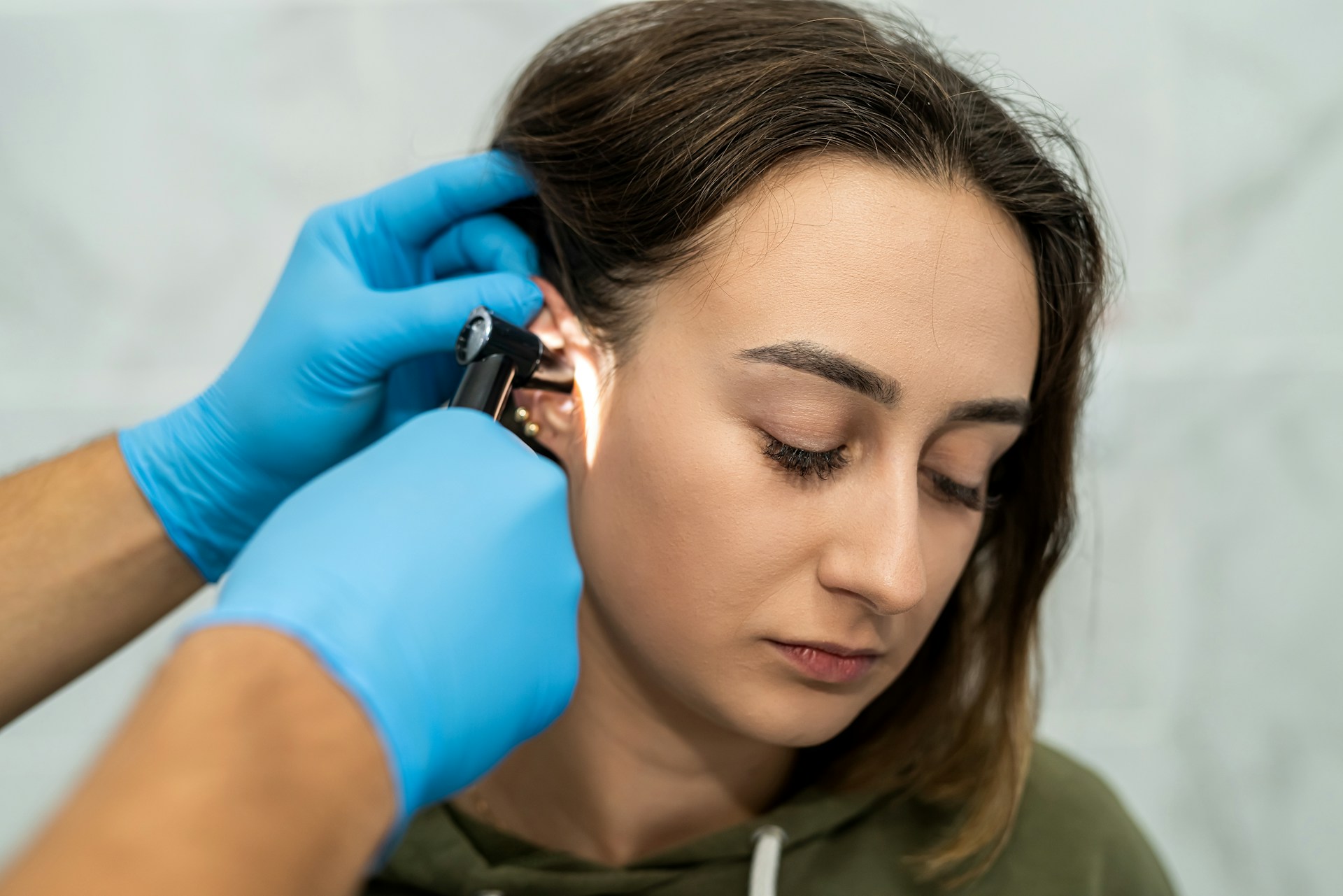Taking care of our ears often gets overlooked. As part of our daily health routine, it’s easy to miss the significance of ear health until there’s an issue. Our ears do a fantastic job of cleaning themselves naturally, but sometimes they need a bit more help. This is where professional ear wax removal comes in handy. It’s different from the typical home remedies and offers a safe way to ensure your ears are in good condition.
One might wonder why it’s necessary to seek out professional ear wax removal instead of handling it at home. While cotton buds and other DIY options seem convenient, they can push wax further into the ear canal, sometimes worsening the problem. Professional removal is precise and painless, ensuring that all excess wax is effectively removed without causing any harm. By understanding how our ears work, we can better appreciate when it’s time to let the experts step in.
Why Ear Wax Builds Up
Ear wax is a natural substance produced by glands in the skin of the outer part of the ear canal. It’s intended to protect the ears from bacteria, dust, and other foreign particles that could cause harm. Usually, jaw movements like talking and chewing naturally guide old ear wax from the inside of the ear to the outside, where it eventually flakes off or is washed away.
Sometimes, this natural process doesn’t go as planned, leading to a buildup of ear wax. Several factors contribute to this. For instance, some people naturally produce more wax than others, which can accumulate faster than it can naturally be expelled. Skin conditions like eczema can also contribute to wax becoming too dry and difficult to expel naturally. Additionally, regular use of headphones or hearing aids can prevent the easy flow of ear wax out of the ear, trapping it in place.
It’s essential to know that while ear wax plays a protective role, too much can hinder hearing or cause discomfort. If left unchecked, this can lead to situations where professional intervention is necessary to restore balance. Even if you don’t fall into these categories, regular checks at a professional level help keep things in top shape, ensuring your ears stay healthy and problem-free.
Benefits of Professional Ear Wax Removal
Seeking professional help for ear wax removal offers several clear benefits. Firstly, there’s safety. Home methods can be risky. Cotton buds, for instance, often do more harm than good, pushing wax deeper into the ear canal where it can harden and cause blockages. Professionals are equipped with the right tools and knowledge to remove wax efficiently without damaging the delicate parts of your ear.
Next comes effectiveness. Professionals can access stubborn wax that home remedies often can’t reach. Specialised instruments and techniques ensure that the wax is completely removed, leaving your ears cleaner and clearer. Regular visits also ensure that wax build-up is caught early, preventing any discomfort or hearing issues down the line.
Prevention is another key advantage. By opting for regular professional cleaning, you stand a better chance of avoiding the complications that come with excessive ear wax. This includes everything from temporary hearing loss and earaches to infections. Knowing your ears are well-tended to gives you peace of mind.
What to Expect During a Professional Ear Wax Removal
Understanding what happens during a professional ear wax removal can ease any anxieties. The process is usually quick and straightforward, conducted in a safe and controlled environment. First, the practitioner examines your ear to assess the situation. This helps them determine the best method for removal.
There are a few common techniques used:
– Curettage: A small, curved tool is used to gently scoop out the wax.
– Microsuction: A tiny vacuum is employed to suction out the wax.
– Irrigation: A warm water spray loosens and extracts the wax.
Each method is painless, and you might even notice immediate improvement in your hearing if the wax is causing blockage. The goal is to restore your ear’s normal function without discomfort. You can ask the professional about aftercare tips to maintain ear health and prevent future build-ups. It’s this level of care and expertise that makes professional ear wax removal well worth considering.
Who Should Consider Professional Ear Wax Removal
Individuals who experience recurring wax build-up or use hearing aids can greatly benefit from professional ear wax removal. Signs that indicate the need for intervention may include persistent ear discomfort or noticeable hearing loss, prompting the need for a professional’s expertise to manage and alleviate the issue effectively.
Maintaining Ear Health Post-Removal
Taking proactive steps after a professional wax removal helps maintain ear health. Routine care can make a difference. By making these practices a regular part of life, you invest in long-term ear health. Looking after your ears means you’ll enjoy clearer hearing and avoid the common pitfalls of wax build-up. Embracing professional removal and following up with simple care steps keeps your hearing sharp and your ears in great shape.
Experience the benefits of wax management at Country Hearing Care. Our professional services ensure your ears are clear, healthy, and free from the discomfort of excess ear wax. Regular care not only prevents hearing issues but also maintains the clarity you’ve come to expect. Schedule an appointment today and invest in your long-term ear health.


